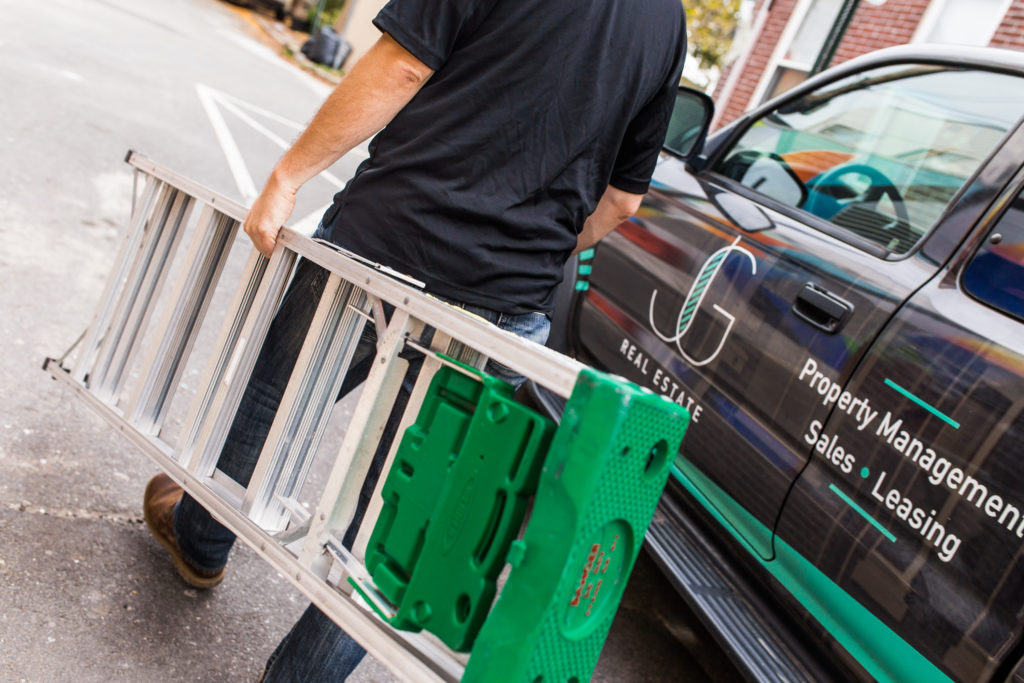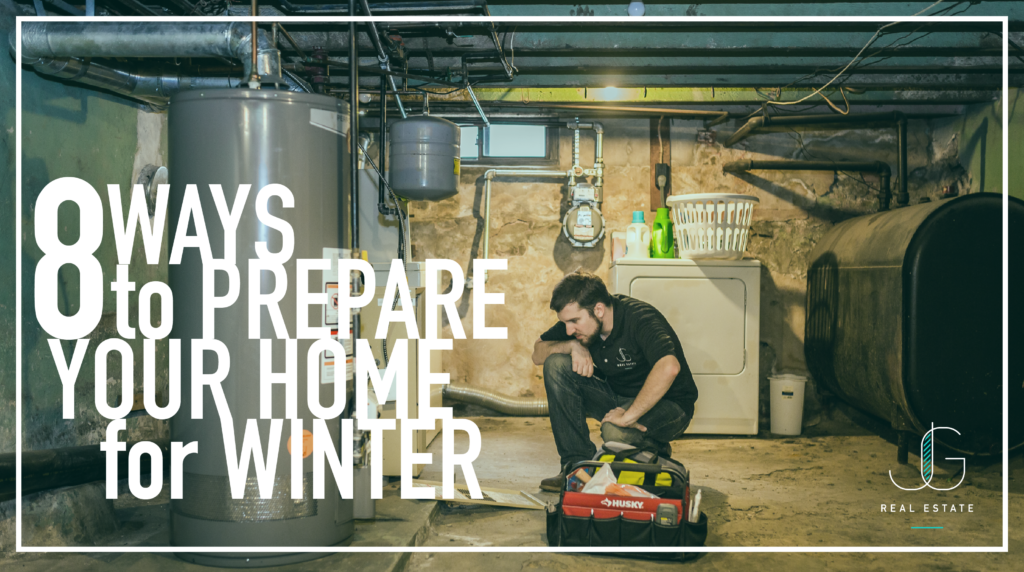As winter closes in around us, freezing temperatures, snow, sleet and high winds become inevitable. With a little bit of preparation and preventative maintenance, you can avoid costly problems before they arise. As a homeowner or tenant, there are several things you can do to prepare your home for winter. From reversing fans to blow warm air downward, to sealing drafty doors or windows, small adjustments can make a big difference with heating bills. As property managers, our biggest focus is on the most expensive winter problem areas of your home – plumbing and heating.
Our property managers share their 8 ways to prepare your home for winter.
1. Service the heating unit.
We recommend tenants and property owners test and service their heating systems before severely cold weather arrives. HVAC contractors usually become very busy when the first cold spell hits. It’s best to find out about heating problems as early in the season as possible.
2. Replace the HVAC filter.
Dirty air filters not only reduce the efficiency of the system but can cause damage to internal parts of the furnace. Homes with pets should also check filters more frequently since pet hair often clogs filters, most manufacturers recommend 30-90 day intervals for changing filters. Making sure you have a clean air filter will reduce your energy bill, improve air quality, and help your furnace lives a long happy life.

3. Make sure outdoor HVAC vents are clear and unobstructed.
Blocked ventilation can cause carbon monoxide issues in the home. If you don’t know where your exterior heating system vents are, the first step is to locate them. Once you do, be sure to clear any leftover debris from fall – twigs, leaves, dirt, etc. We don’t get many significant snowfalls in Philadelphia anymore, but when we do, be sure to clear snow away from in front of the vent to allow proper ventilation.
4. Always keep the heat on during cold temperatures.
It is an absolute necessity to keep your heat on during the coldest months – especially in vacant properties. Without a heat source in the property, it is likely that water supply lines in your home will freeze in one or multiple areas. Once frozen, pressure builds up and eventually causes a rupture in the line. If you’re going out of town or are not present in the property for multiple days at a time, the heat in the property must remain on at all times. The heat should be set to a minimum of 60 degrees.
5. Be wary of areas with no heat supply.
Occasionally we find rooms that do not have a heat source. Perhaps there’s a bathroom with no room for a radiator or a bedroom with ceilings too low to accommodate ductwork. In these cases, it is important to leave interior doors open so that heat can reach these areas. If you are still concerned the room is not warm enough, a space heater can be a good option. If you opt for a space heater, be sure to use one approved for indoor use and follow all safety precautions.

6. Clean gutters and check roof drains & downspouts.
Water needs to be able to flow freely through roof drains, gutters and downspouts, otherwise, you’re in for icicles and blockages. Clear out the inevitable buildup of leaves, twigs and leftover bird nests before it’s too late.
7. Shut off exterior water lines and disconnect hoses.
As soon as temperatures drop below freezing, the biggest concern is freezing pipes. Exterior water lines and hoses full of water will freeze first, spreading inward. Disconnect and store hoses for winter before temperatures drop. If your home has separate shut off valves for exterior water lines, they should be cleared and shut off immediately. If your home is older and does not have a separate shut off valve, as a homeowner you have a couple options. A plumber can retrofit exterior valves with frost-free fixtures, or, you can purchase insulation specifically for exterior fixtures to install for the winter months. Whichever route you choose, be aware that this area is a hot spot (or cold spot!) for problems in the winter and should not be ignored.
8. Leave faucets on a slow drip.
If your home has experienced pipe freezing in the past, leaving the affected faucet on a slow drip during sustained periods of below-freezing temperatures will allow water to continuously flow and this will decrease the chance of freezing. If you have faucets on exterior walls and suspect they may freeze, this is also a good preventative measure.


